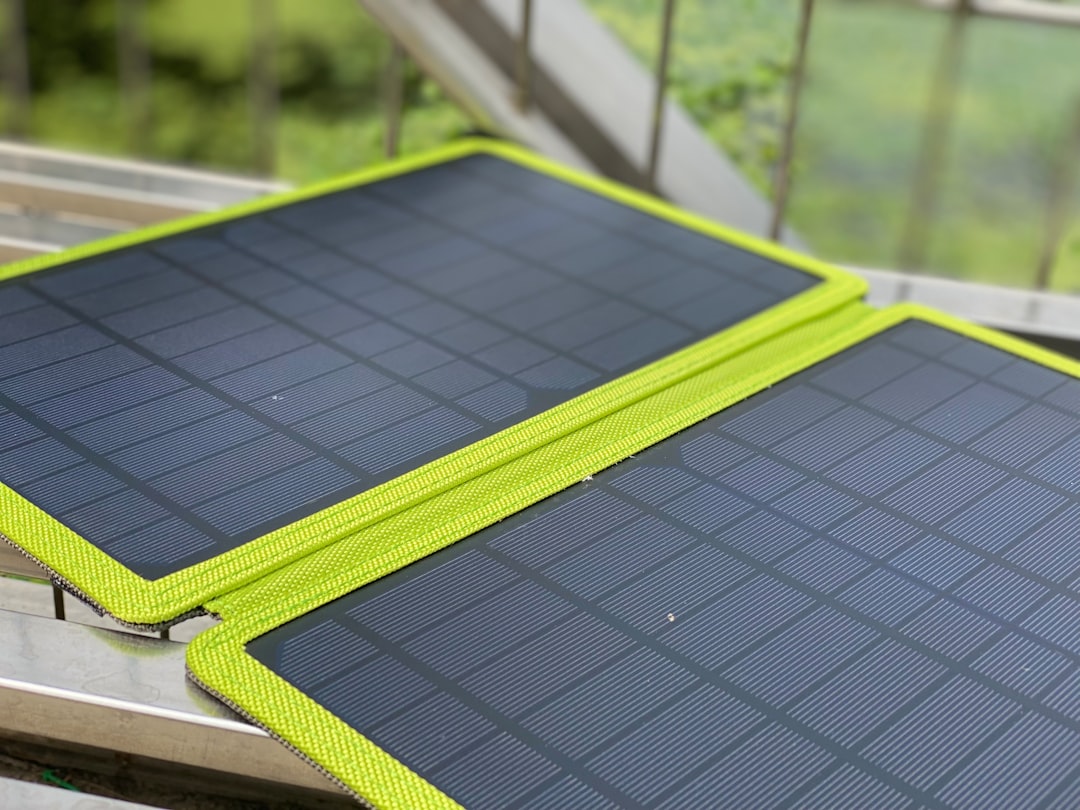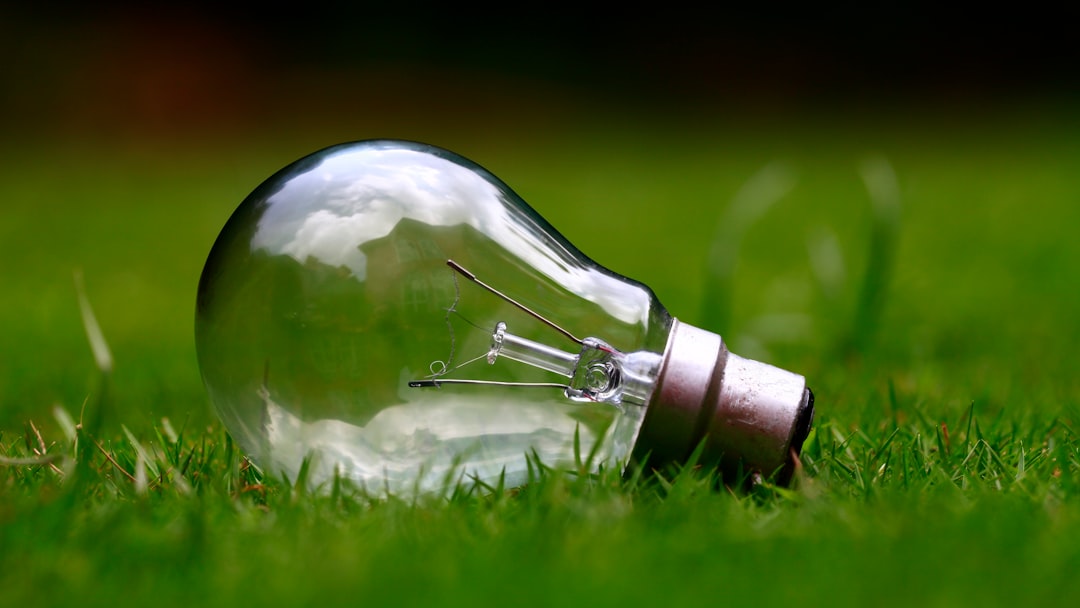How Smart IoT Devices Reduce Energy Bills: A Complete Guide to Energy-Saving Technologies
Discover how smart IoT devices transform energy management by cutting costs, boosting efficiency, and supporting sustainability for homes and businesses alike.
Key Takeaways
- Smart thermostats can reduce heating and cooling costs by up to 23% through adaptive learning and remote controls.
- Energy Management Systems provide centralized control and insights, achieving 20–30% energy savings when combined with smart devices.
- Smart power strips eliminate phantom power drain, reducing appliance energy use by 5–10% with minimal effort.
- HVAC optimization and smart lighting systems yield significant energy reductions while improving comfort.
- Additional IoT innovations like tankless water heaters and smart irrigation further enhance savings and sustainability.
- Rebates and incentives help lower upfront costs, making smart upgrades more affordable.
- Integration with voice assistants and apps simplifies daily energy management and promotes consistent savings habits.
Table of Contents
- Introduction: Smart IoT Devices Transforming Energy Savings
- 1. Smart Thermostats: Cutting Heating and Cooling Costs
- 2. Energy Management Systems: Centralized Control and Insight
- 3. Smart Power Strips: Eliminating Phantom Power Drain
- 4. HVAC Optimization: Smarter Climate Control
- 5. Smart Lighting and LED Systems: Bright Savings
- 6. Energy-Efficient Windows and Smart Shades
- 7. Tankless Water Heaters: On-Demand Energy Savings
- 8. Smart Irrigation Systems: Water and Energy Conservation Outdoors
- 9. Rebates and Incentive Programs: Lowering Upfront Costs
- 10. Integration with Voice Assistants and Mobile Apps
- 11. Future Trends: The Rise of Data-Driven Energy Efficiency
- Conclusion: Building a Smarter, More Sustainable Energy Future
Introduction: Smart IoT Devices Transforming Energy Savings
As energy costs rise and sustainability becomes an urgent priority, homeowners and businesses turn to smart Internet of Things (IoT) devices to slash energy bills and boost efficiency. These devices offer real-time monitoring, automated control, and seamless integration with everyday appliances, making it easier than ever to control consumption and cut waste. Whether you're retrofitting a home or optimizing a commercial space, these innovations put cost-effective and eco-conscious energy management within reach.
1. Smart Thermostats: Cutting Heating and Cooling Costs
Smart thermostats like Google Nest and Ecobee are among the most impactful home upgrades. They intelligently adjust indoor temperatures based on your schedule, preferences, and occupancy patterns.
How Smart Thermostats Save Energy
- Adaptive Learning: Automatically adjusts temperatures based on routines and occupancy, reducing heating/cooling when no one is home.
- Remote Access: Control your thermostat anytime via mobile apps or voice assistants like Alexa and Google Assistant.
- Geofencing: Detects your smartphone’s location to adjust settings accordingly and prevent energy waste.
- Integration: Pairs with other smart devices for unified and efficient energy management.
Benefits of Smart Thermostats
- Personalized temperature control boosting comfort and efficiency.
- Heating and cooling savings ranging from 11% to 23%.
- Annual utility savings of up to 10%.
- Potential eligibility for local utility rebates to lower initial costs.
Most smart thermostats pay for themselves within two years, making them an accessible and smart energy upgrade. Explore top smart thermostats and other smart devices here.
2. Energy Management Systems: Centralized Control and Insight
Energy Management Systems (EMS) for businesses and Home Energy Management Systems (HEMS) for residences offer comprehensive monitoring and optimization of electricity use. Connecting with multiple devices, these platforms provide deep insights and automate energy efficiency.
Features of Energy Management Systems
- Real-Time Monitoring: Track power usage of individual appliances and systems live.
- Predictive Analytics: Identify patterns to suggest energy-saving strategies, including peak hour adjustments.
- Automated Scheduling: Control lighting, HVAC, and other systems for operation during off-peak hours.
- Dashboards and Notifications: Receive alerts and detailed reports via intuitive mobile apps or web dashboards.
Advantages for Users
- Enhanced visibility into energy use locations and patterns.
- Achievable energy savings of 20–30% when combined with smart devices.
- Supports compliance with energy efficiency and carbon reduction goals.
Learn more about how smart home technology boosts efficiency here.
3. Smart Power Strips: Eliminating Phantom Power Drain
Many electronics consume power even when turned off—a phenomenon called phantom load. Smart power strips prevent this waste by detecting idle devices and cutting power accordingly.
Types of Smart Power Strips
- Timer-Based: Powers off outlets after preset intervals.
- Activity-Sensing: Automatically shuts off power to idle devices.
- Remote-Controlled: Switch devices on or off via smartphone.
- Master-Controlled: Controls peripherals based on a “master” device’s status.
- Masterless Strips: Independently manage outlet usage without central control.
Benefits
- Reduces appliance energy consumption by 5–10%.
- Simple to install—no smart features needed on connected devices.
- Makes managing energy use effortless and cost-effective.
These affordable solutions deliver significant savings with minimal setup. Discover smart strip options and savings here.
4. HVAC Optimization: Smarter Climate Control
HVAC systems typically consume the most energy in any building. Smart optimization devices leverage sensors and intelligent controls to tailor system operation based on occupancy, air quality, and other real-time data.
How HVAC Optimization Works
- Detects room occupancy and adjusts heating or cooling accordingly.
- Minimizes unnecessary system cycling, reducing wear and maintenance expenses.
- Integrates with smart thermostats and EMS for coordinated efficiency.
Savings and Advantages
- Cuts HVAC energy use by up to 30%.
- Enhances comfort through targeted, room-by-room control.
- Reduces both utility costs and carbon footprint.
Devices like Air-econ dynamically adapt to environmental changes and occupancy, maximizing efficiency. Learn more about cost-saving HVAC tech here.
5. Smart Lighting and LED Systems: Bright Savings
Lighting accounts for a significant portion of energy use, particularly in larger buildings. Smart lighting systems using LED bulbs and intelligent controls deliver immediate and lasting savings.
Key Features of Smart Lighting Systems
- LEDs consume up to 80% less energy than traditional incandescent bulbs.
- Schedulers automate lighting based on occupancy or time of day.
- Motion sensors activate lighting only when needed.
- Dimming controls adjust light intensity for comfort and efficiency.
- Seamless integration with voice assistants and mobile apps for easy control.
Benefits
- Significant reduction in lighting expenses and longer bulb lifespan.
- Supports corporate sustainability and net-zero commitments.
- Scalable from simple home kits (starting around $70) to full building systems.
Explore a variety of smart lighting options here.
6. Energy-Efficient Windows and Smart Shades
While not IoT devices themselves, energy-efficient windows paired with automated smart shades complement smart systems by regulating indoor temperatures and lowering HVAC demand.
Benefits of Efficient Windows
- Insulated glazing and low-emissivity coatings reduce heat transfer.
- Smart shades adjust automatically to sunlight and indoor temperature changes.
- These passive solutions stabilize indoor climates, improving comfort year-round.
Together, these features enhance your smart IoT energy systems by cutting heating and cooling loads.
7. Tankless Water Heaters: On-Demand Energy Savings
Tankless water heaters differ from traditional models by heating water only when needed, rather than maintaining a hot water tank.
Advantages
- Boosts water heating efficiency by 10–20%.
- Smart scheduling allows heating during peak usage periods only.
- Compact design saves space; ideal for both new builds and retrofits.
This approach significantly reduces standby heat losses, leading to lower energy bills and more sustainable water use.
8. Smart Irrigation Systems: Water and Energy Conservation Outdoors
For properties with landscaping needs, smart irrigation systems offer eco-friendly watering while preventing unnecessary energy and water consumption.
Features and Benefits
- Weather forecasts and soil moisture sensors tailor irrigation schedules.
- Reduce water use by up to 30% by avoiding overwatering.
- Lower energy demand for water pumps and automated sprinkler systems.
Especially valuable in water-scarce regions, these systems cut both water and energy waste. Discover more water-saving IoT solutions here.
9. Rebates and Incentive Programs: Lowering Upfront Costs
Though smart devices may have higher upfront costs, many utilities and governments offer rebates and incentives to ease investments.
How Rebates Help
- Smart thermostats, LED lighting, and more often qualify for rebates.
- Incentives can shorten return on investment to under 12 months in some regions.
- Programs vary but consistently support eco-friendly home and business upgrades.
Always check with your local energy provider or government before purchasing to maximize available savings. See current rebate opportunities here.
10. Integration with Voice Assistants and Mobile Apps
Smart energy devices easily integrate with platforms you already use, making control as simple as speaking or swiping.
Benefits of Integration
- Voice control encourages consistent use, reinforcing energy-saving habits.
- Central dashboards consolidate management of multiple devices.
- Real-time alerts keep you informed and ready to act on opportunities.
This user-friendly approach reduces friction, making smart energy management intuitive and effective.
11. Future Trends: The Rise of Data-Driven Energy Efficiency
As IoT ecosystems evolve, smart energy devices become more intelligent, offering sharper insights, faster responses, and greater control.
What to Expect
- Integrated systems combining solar power, battery storage, and appliance control.
- Predictive analytics anticipating energy needs before they occur.
- Wider adoption in commercial and industrial sectors, multiplying savings and environmental benefits.
The future of smart energy is adaptive, efficient, and centered around your needs.
Conclusion: Building a Smarter, More Sustainable Energy Future
Smart IoT devices and energy-efficient systems are more than just high-tech conveniences—they’re essential tools for reducing costs, minimizing environmental impact, and enhancing everyday comfort. Whether it’s installing a smart thermostat, optimizing lighting, or integrating energy management systems, each step advances smarter consumption.
By combining technologies such as HVAC optimization, LED lighting, tankless water heaters, and smart irrigation, you maximize savings and efficiency. Rebates and intuitive app controls make smart energy achievable and effortless.
Smart investments today pave the way for a cleaner, more sustainable tomorrow. Electroeshop offers trusted products and expert guidance to support your journey. Start saving smarter today.
FAQ
How much can I realistically save with smart thermostats?
Smart thermostats can reduce heating and cooling bills by 11% to 23%, with typical annual utility savings of up to 10%, depending on your home, habits, and climate.
Are smart power strips compatible with all appliances?
Yes, smart power strips work with most appliances and electronics without requiring them to be “smart” themselves, making them an easy way to reduce phantom power waste.
Can I integrate smart devices with voice assistants?
Most smart energy devices integrate seamlessly with popular voice assistants like Amazon Alexa, Google Assistant, and Apple Siri, allowing easy voice control and automation.
Do smart irrigation systems really save both water and energy?
Yes. By tailoring watering schedules based on weather and soil moisture, these systems reduce water consumption by up to 30% and decrease energy use linked to water pumping and system operation.
Where can I find rebates for smart energy upgrades?
Rebates vary by region, but local utilities and governments often offer incentives for smart thermostats, smart lighting, and other eco-friendly upgrades. Check with your providers and explore available programs here.






